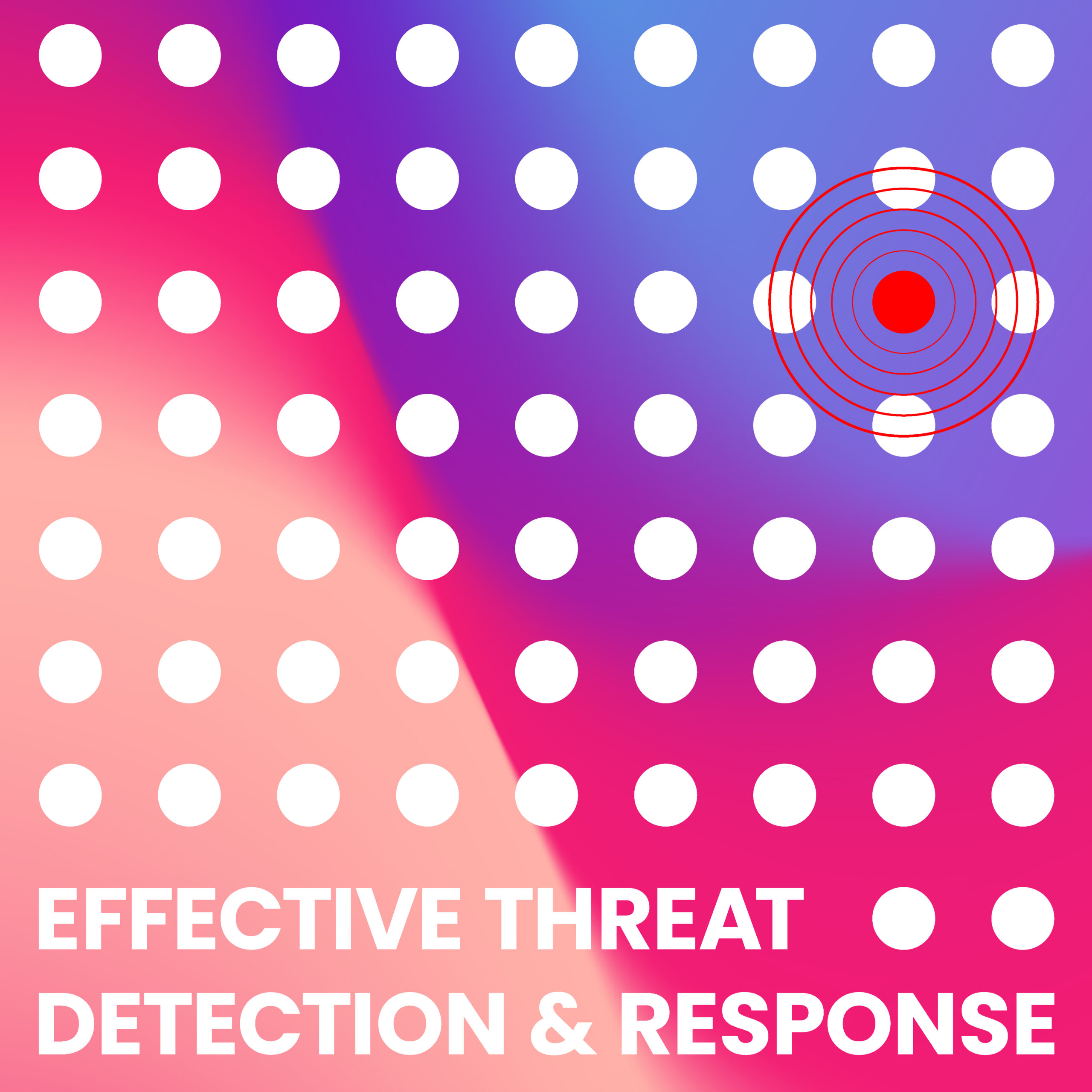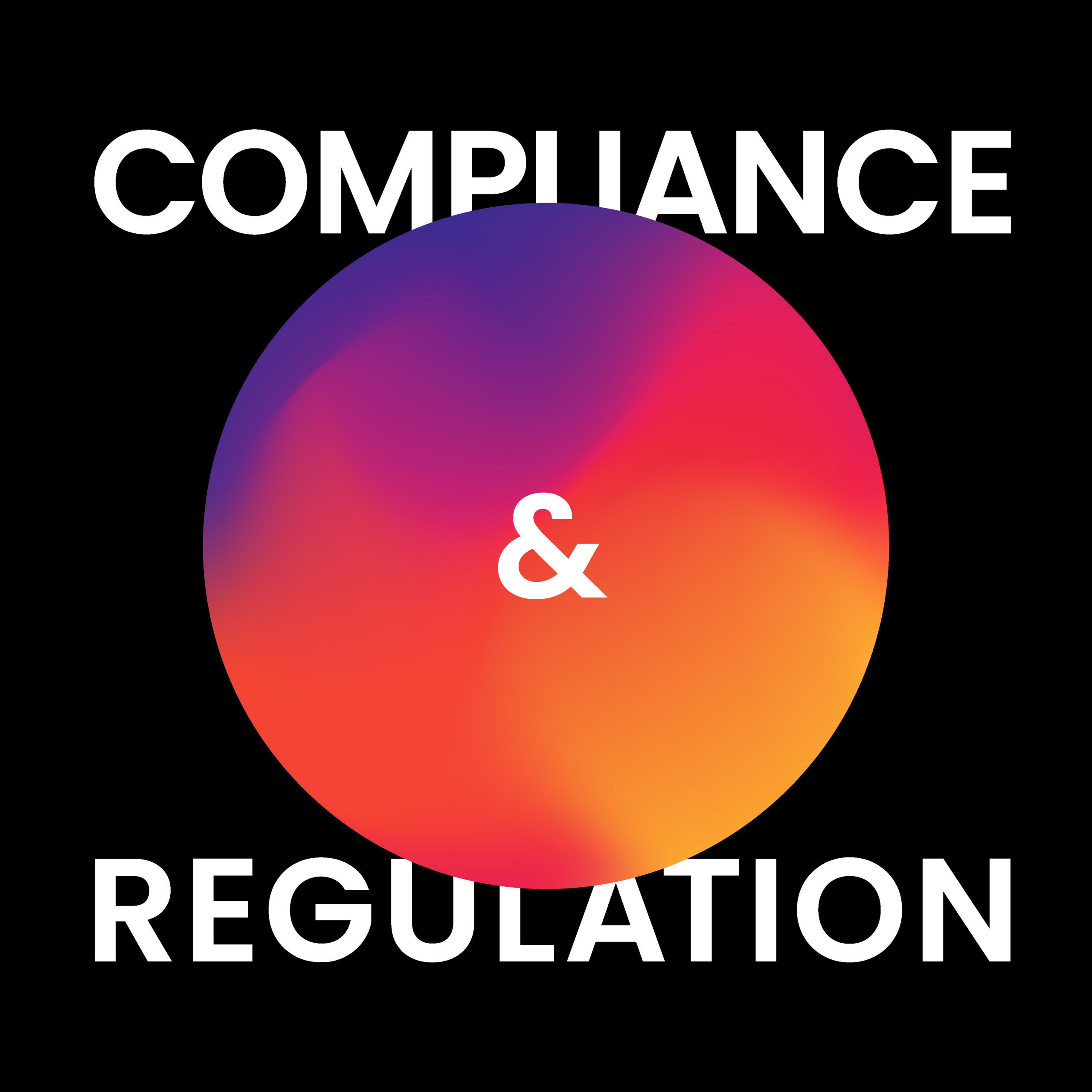The Benefits of the Eco-System
We’ve got the band together to solve some of the challenges customer need help resolving:
Cybersecurity technical alliances address challenges by promoting interoperability, enhancing security coverage, improving threat detection and response, streamlining management, and fostering innovation. These alliances allow organisations to build a more resilient and dynamic security posture in the face of an ever-evolving threat landscape.

Comprehensive Threat Protection:
Cyber threats are diverse and constantly evolving. Technical alliances allow different solutions to work together, providing comprehensive protection by covering multiple attack vectors. For example, an alliance between an endpoint security provider and a network security provider can offer better visibility and defense against threats across the network and endpoints.

Attack Surface Reduction:
The attack surface of an organisation is the potential points of vulnerability that cybercriminals can exploit. By integrating various cybersecurity solutions, organisations can reduce their attack surface by identifying and closing gaps in security coverage.

Effective Threat Detection
and Response:
Cyberattacks often involve multiple stages and vectors. Technical alliances enable the sharing of threat intelligence and data between solutions, enhancing the ability to detect and respond to threats in real time. For instance, an alliance between a threat intelligence platform and an endpoint detection and response (EDR) solution can provide quicker and more accurate threat analysis.

Minimised False Positives:
Collaboration between solutions can help reduce false positives, which are alerts triggered by legitimate activities mistaken for threats. By combining insights from different solutions, organisations can refine their detection mechanisms and reduce unnecessary alerts.

Enhanced Visibility:
Organisations struggle to gain a holistic view of their IT environment due to the diverse nature of cybersecurity tools. Technical alliances can provide a consolidated view of security events, helping security teams to identify patterns and anomalies more easily.

Simplified Management:
With multiple security tools in use, managing and maintaining them can become complex. Integrations between solutions can lead to centralised management consoles, simplifying configuration, monitoring, and reporting.

Rapid Incident Response:
In the event of a security incident, time is of the essence. By integrating different solutions, organisations can automate incident response processes, enabling faster containment and mitigation of threats.

Compliance and Regulation:
Many industries face stringent compliance requirements. Technical alliances can help organisations meet these requirements more effectively by ensuring that the necessary security controls are in place and functioning properly.

Cost Efficiency:
Instead of investing in a single monolithic solution, organisations can strategically choose best-of-breed solutions and integrate them to create a cohesive security architecture. This approach can be more cost-effective and tailored to an organisation’s specific needs.

Innovation:
Collaboration between cybersecurity vendors fosters innovation. Technical alliances encourage the sharing of ideas, technologies, and expertise, leading to the development of more advanced and effective security solutions.
